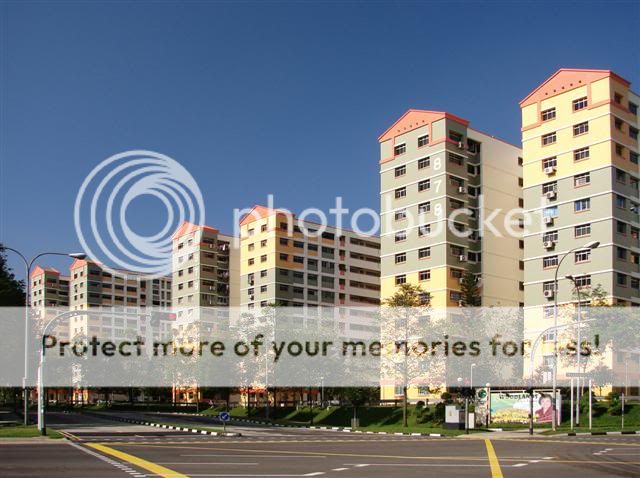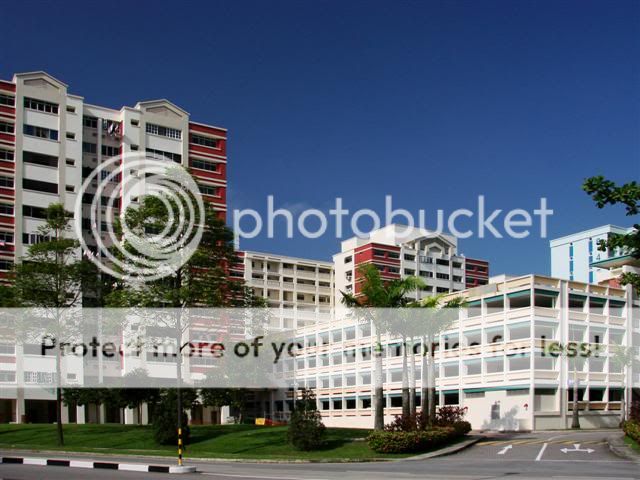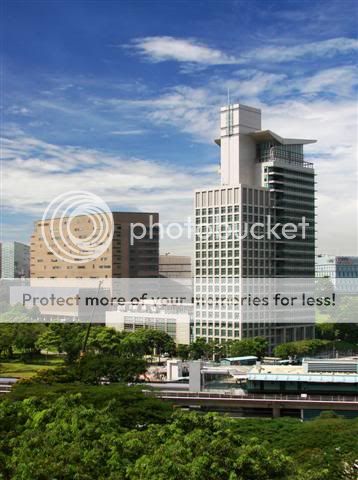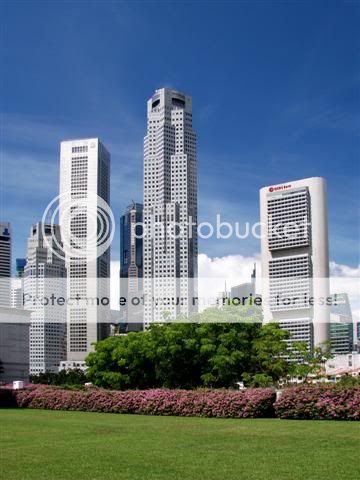takafan
Senior Member
Hi guys, went for my first trip of shooting today using a DSLR. I notice that when i take the trees with the sky, the sky is always over-exposed if i want the colour of the greens to be brighter and more vibrant. But... if i try not to over-expose the sky, my trees and green becomes dark and under-exposed.
I have tried shooting at different aperture and shutter speeds, also tried adjusting the White Balance(though not very sure). I'm using a Canon 550D with Kit Lens 18-55mm IS. Hoya 58mm Multi Coated UV Filter on it as well.
When im on AV(Aperture Priority), i seem to be able to adjust the White Balance from -5 to + 5. If i go to Manual Mode, it doesnt allow the same thing. Until now, i still have been trying to find this part in the user manual(i have been reading it)
Probably some pictures to show would be easier. As below.
Please be patient with me. Don't shoot me :cry:
Thank you for reading!


Left one sky over-exposed, but tree looks ok. Right one sky ok, but tree dark and gloomy


Left one sky over-exposed, but trees and greens looks ok. Right one sky ok, but trees and greens are dark and gloomy.
I have tried shooting at different aperture and shutter speeds, also tried adjusting the White Balance(though not very sure). I'm using a Canon 550D with Kit Lens 18-55mm IS. Hoya 58mm Multi Coated UV Filter on it as well.
When im on AV(Aperture Priority), i seem to be able to adjust the White Balance from -5 to + 5. If i go to Manual Mode, it doesnt allow the same thing. Until now, i still have been trying to find this part in the user manual(i have been reading it)
Probably some pictures to show would be easier. As below.
Please be patient with me. Don't shoot me :cry:
Thank you for reading!


Left one sky over-exposed, but tree looks ok. Right one sky ok, but tree dark and gloomy


Left one sky over-exposed, but trees and greens looks ok. Right one sky ok, but trees and greens are dark and gloomy.




